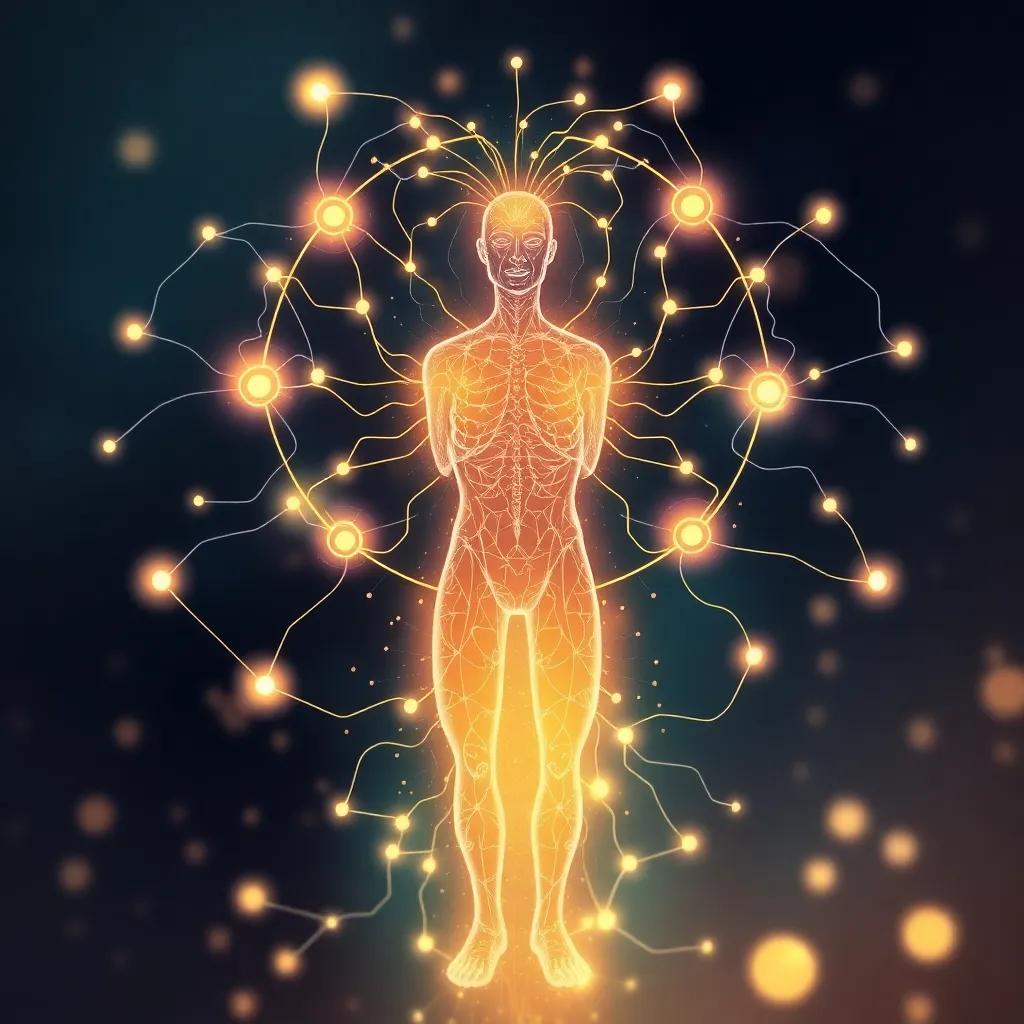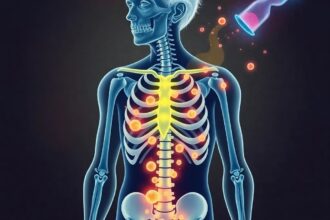Explore how biofeedback technology is revolutionizing stress and pain management, with insights into its history, types, clinical applications, and future potential.
Biofeedback technology is transforming how we manage stress and pain, offering personalized solutions through real-time physiological data.
Introduction to Biofeedback
Biofeedback is a technique that uses electronic monitoring to train individuals to gain control over involuntary bodily functions such as heart rate, muscle tension, and brainwave activity. The concept dates back to the 1960s when researchers began exploring ways to help patients manage stress and pain through self-regulation. According to the Association for Applied Psychophysiology and Biofeedback (AAPB)
, biofeedback has since evolved into a powerful tool for improving mental and physical health.
Types of Biofeedback
There are several types of biofeedback, each targeting different physiological processes:
- Heart Rate Variability (HRV): Measures the variation in time between heartbeats, often used to manage stress and anxiety.
- Muscle Tension: Uses electromyography (EMG) to detect muscle activity, helping individuals reduce tension and alleviate pain.
- Skin Temperature: Monitors changes in skin temperature, which can indicate stress levels.
- Brainwave Monitoring: Utilizes electroencephalography (EEG) to track brain activity, often used in neurofeedback for conditions like ADHD and anxiety.
Clinical Applications
Biofeedback has shown promise in managing chronic pain, reducing stress, and improving mental health. A study published in the Journal of Pain Research
found that biofeedback significantly reduced pain intensity in patients with chronic lower back pain. Additionally, the American Psychological Association (APA)
highlights its effectiveness in treating anxiety and depression.
Case Studies
One notable case involves a patient with chronic migraines who, after six months of biofeedback therapy, reported a 50% reduction in headache frequency. Another case study from the Mayo Clinic
demonstrated how biofeedback helped a patient with PTSD regain control over their physiological responses to stress.
The Role of Wearable Technology
Wearable devices like smartwatches and fitness trackers are making biofeedback more accessible. Companies like Apple
and Fitbit
have integrated HRV monitoring into their devices, allowing users to track stress levels in real-time. This democratization of biofeedback technology is empowering individuals to take charge of their health.
Future Directions
Experts predict that biofeedback will play a crucial role in personalized medicine. Dr. John Smith, a leading researcher in the field, stated in a recent press release, Biofeedback has the potential to revolutionize how we approach healthcare, offering tailored solutions based on individual physiological data.
Practical Tips for Incorporating Biofeedback
For those interested in trying biofeedback, start with simple techniques like deep breathing exercises to regulate heart rate. Consider investing in a wearable device to monitor your progress. Regular practice can lead to significant improvements in stress and pain management.




